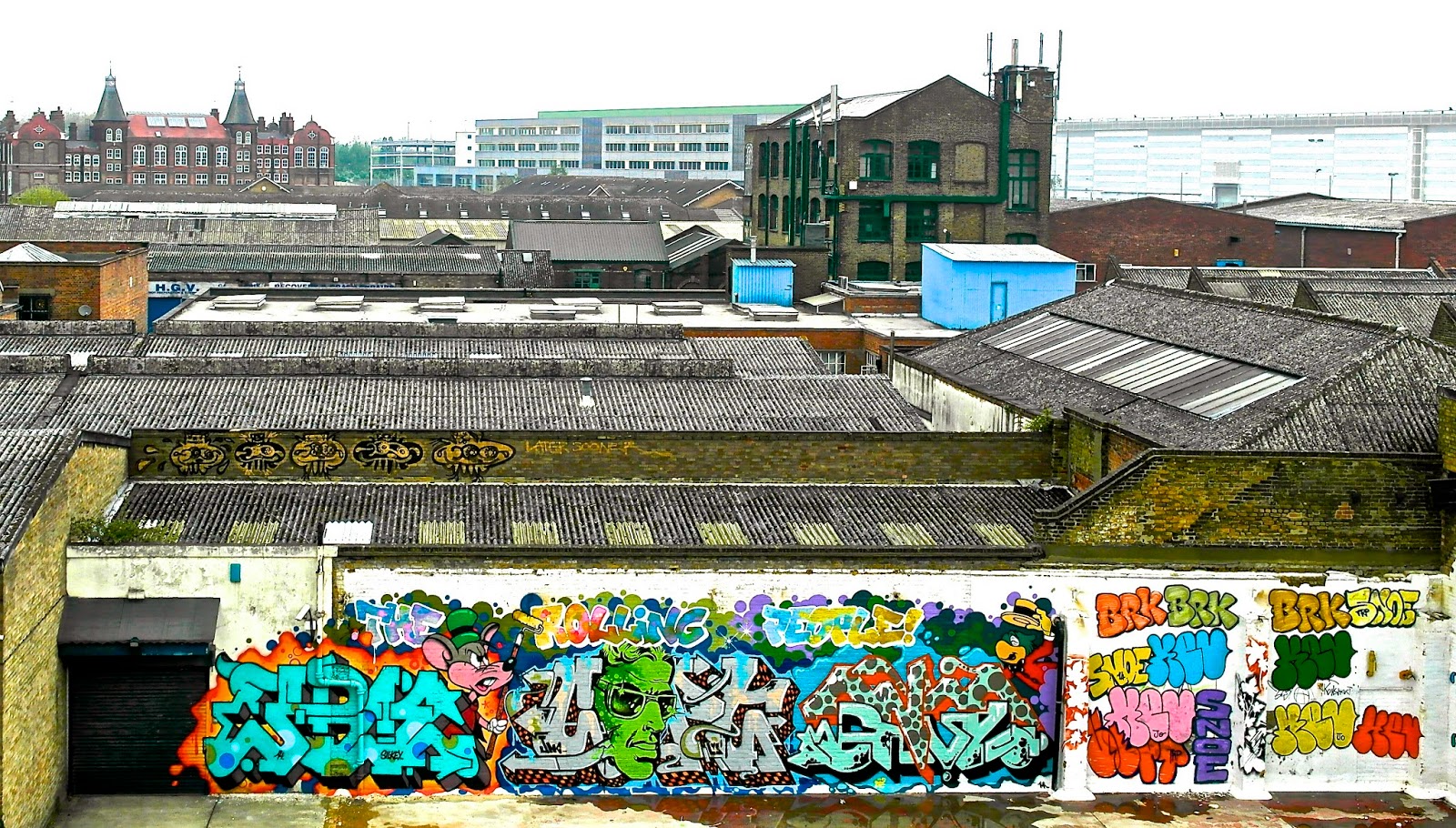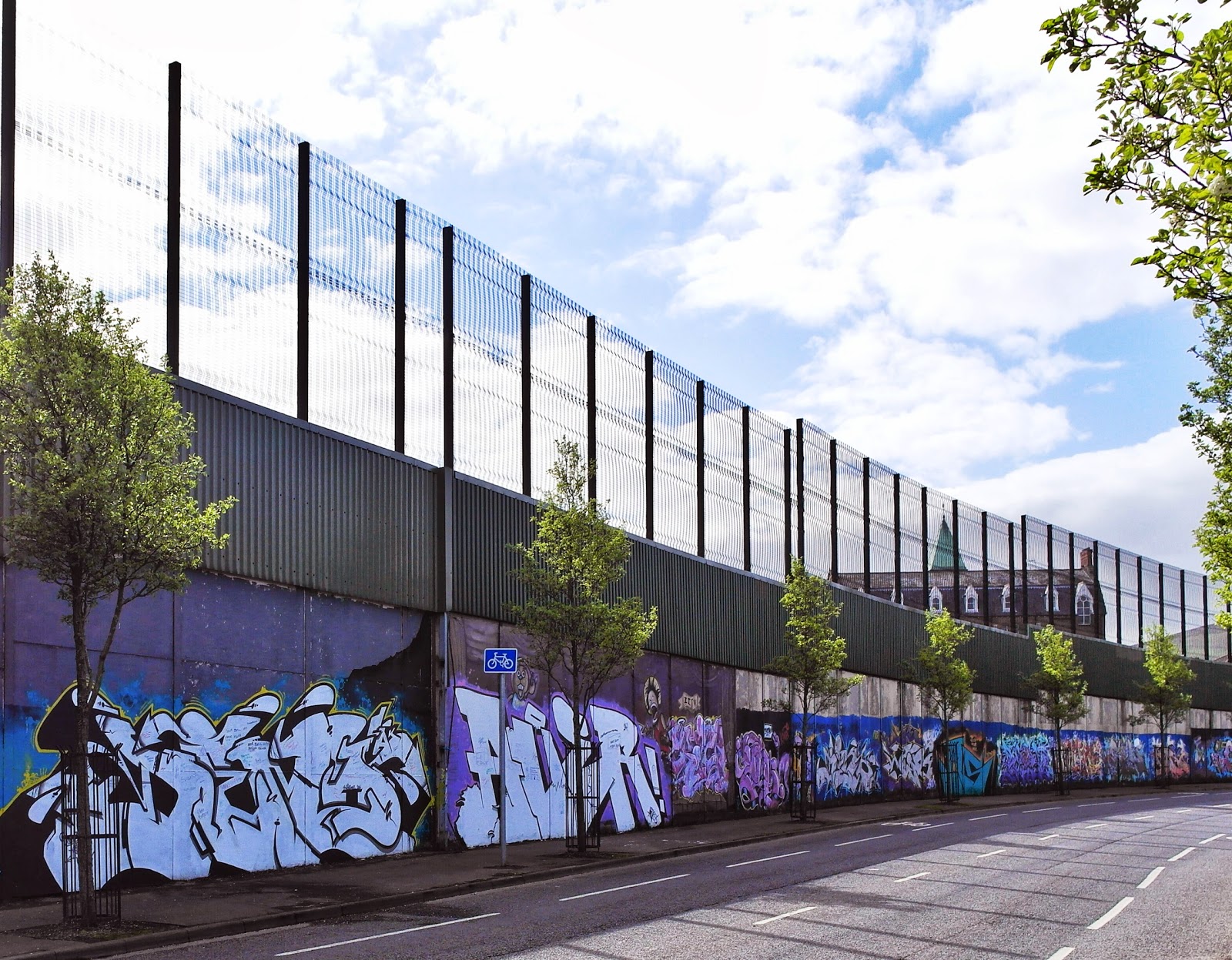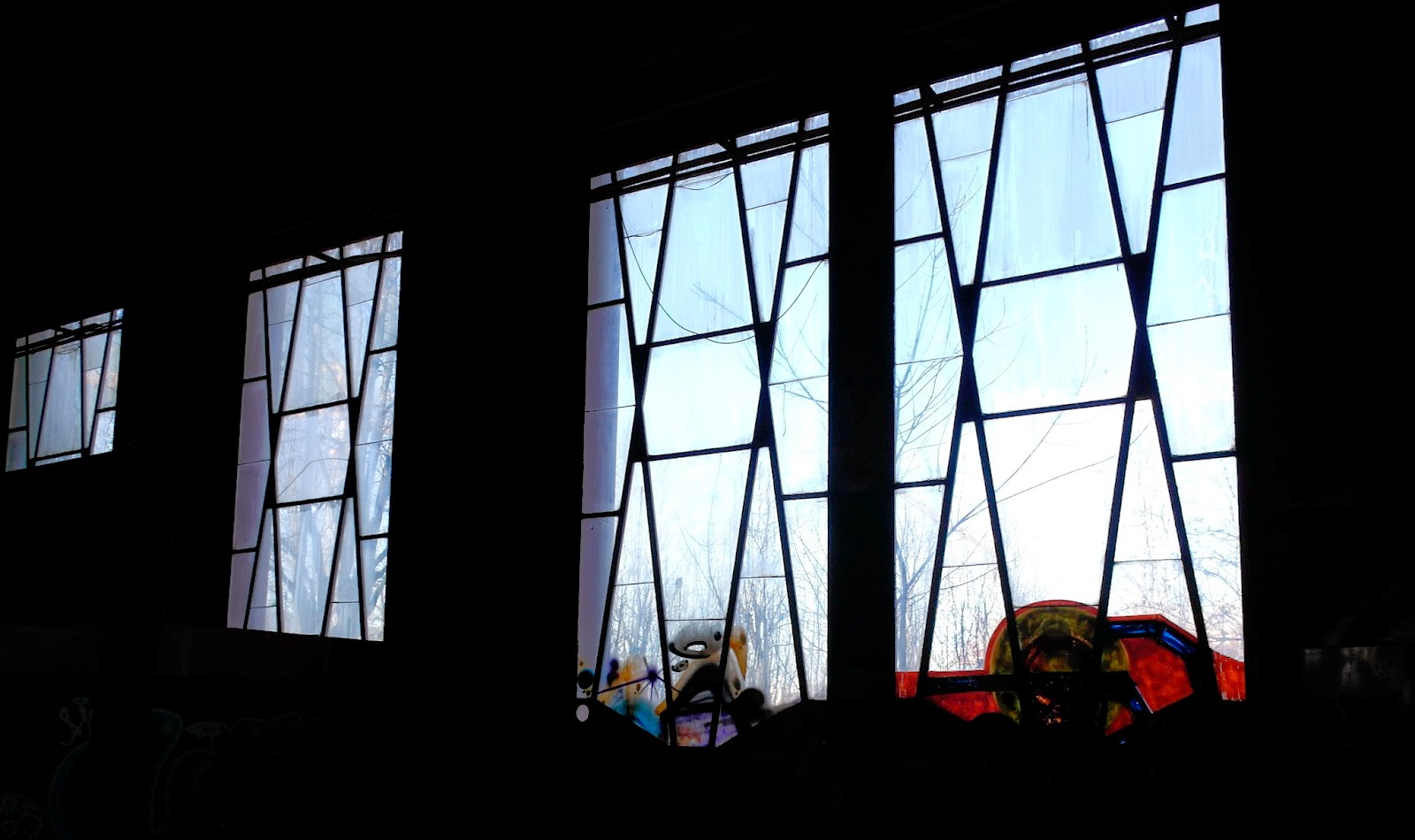 |
| Hackney Wick Coca Cola mural with the Olympic Park stadium in the background |
Hackney Wick is the neighbour to Queen Elisabeth Olympic Park. The development of modern facilities for the olympics contrasts the old and partly derelict area of the Wick, but Hackney Wick have something that the olympic park doesn't have. A vibrant cultural life, street art and Lee Navigation (or River Lea).
The canal served historically as a major transport route of cargo and goods to London. Nowadays the rives is used for pleasure boating and many riverboats serves as homes for people. It's a relaxed life along the river and people uses the walkway to exercise and for leisure walks.
The place is perfect for art and street art and colourful graffiti gives the place a an alternative and vibrant look.
it's a beautiful day and a relaxed atmosphere. It's perfect for a pizza and a beer at one of the cafes along the river. A riverboat comes up and gives us music. A street artist comes up and finnishes his piece. The work is good and people gives him a interested and chilled look as nothing unusual have happend.
It's a good place for photographing and there are works of street art everywhere. I can just wander around and enjoy.





.jpeg)
.jpeg)




























